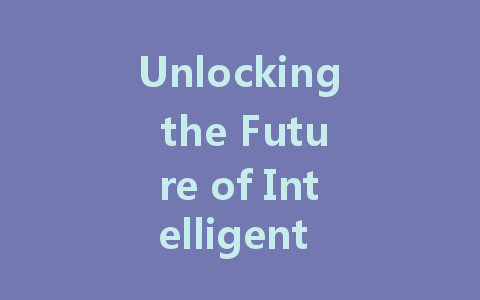As cities become smarter and energy efficiency becomes a priority, the demand for advanced lighting solutions is on the rise. Among the technological advancements steering this revolution is the DALI (Digital Addressable Lighting Interface) power supply. In this article, we will explore the integral role DALI power supply plays in smart building design, its advantages, and its future prospects.
Understanding DALI Power Supply
什么是 DALI?
DALI, or Digital Addressable Lighting Interface, is a communication protocol that allows for significant control over lighting systems. Unlike traditional lighting controls, DALI enables the management of individual lights or groups of lights, allowing for better energy efficiency and user comfort.
Importance in Smart Buildings
Smart buildings leverage technology to enhance efficiency, reduce costs, and improve occupant comfort. DALI power supply provides the backbone for intelligent lighting systems that can be adapted based on the environment and user needs.
Advantages of DALI Power Supply
能源效率
One of the most significant benefits of integrating DALI power supply into building designs is energy efficiency. DALI systems provide precise control over lighting, allowing users to adjust brightness according to necessity, significantly reducing energy consumption.
Enhanced User Comfort
DALI power supplies enable features such as dimming and scene setting, which cultivate environments that enhance occupant comfort. By allowing users to customize their lighting, these systems cater to different moods and activities, making spaces feel more dynamic and inviting.
Simplified Management
The digital nature of DALI facilitates easier management of lighting systems. With remote control and automated scheduling, building managers can oversee and adjust lighting parameters with minimal effort and maximum accuracy.
DALI and Smart Technology Integration
Seamless Connectivity with IoT
DALI power supplies can be interconnected with Internet of Things (IoT) devices, creating a network of smart functionalities. For instance, integrating DALI with sensors for daylight harvesting can automatically adjust indoor lighting based on the amount of natural light available.
Compatibility with Building Management Systems
DALI systems offer excellent compatibility with various building management systems (BMS), allowing for centralized control. This collaboration not only maximizes the efficiency of lighting but also ensures other building services like heating, ventilation, and air conditioning (HVAC) work in concert with the lighting for overall efficiency.
Trends Shaping the Future of DALI Power Supply
Rising Demand for Green Solutions
With increasing emphasis on sustainability, more building designs are incorporating energy-efficient technologies. DALI power supply systems support these green initiatives by offering extensive energy savings through intelligent lighting solutions, promoting a lower carbon footprint.
Innovations in Smart Lighting Solutions
As technology continues to evolve, we can expect further advancements in DALI-powered systems. Innovations may include AI-driven lighting adjustments, enhanced user interfaces for easier control, and improved interoperability with other smart technologies.
Regulatory Support for Smart Buildings
Government regulations are beginning to favor energy efficiency and smart technologies, which will likely propel the adoption of DALI power supplies in new building projects. With building codes emphasizing sustainability, DALI solutions are well-poised to meet these emerging requirements.
结论
The DALI power supply represents a significant advancement in how we approach lighting in smart buildings. Its benefits in energy efficiency, user comfort, and management simplicity make it an indispensable part of contemporary building design. As we move further into an era of smart technology, DALI power supply is not just a choice; it is a pivotal element in the future of intelligent lighting solutions. Embracing this technology will undoubtedly unlock enhanced experiences in our urban landscapes while promoting sustainability and innovation.
